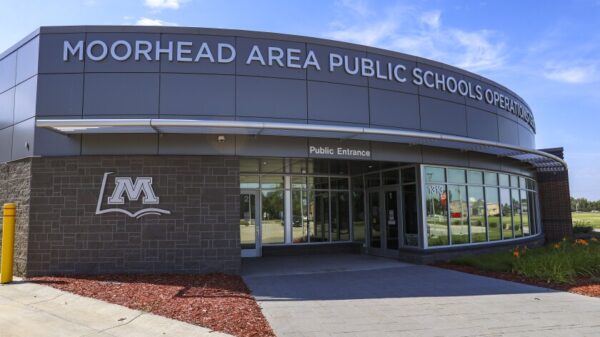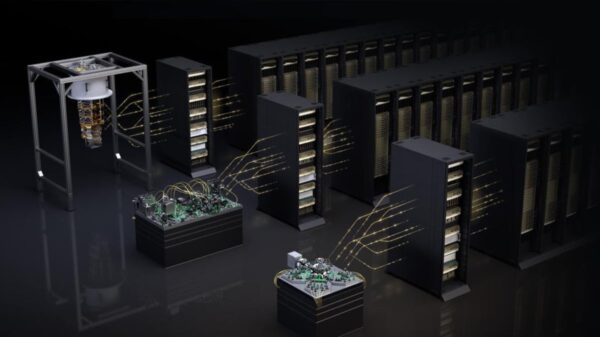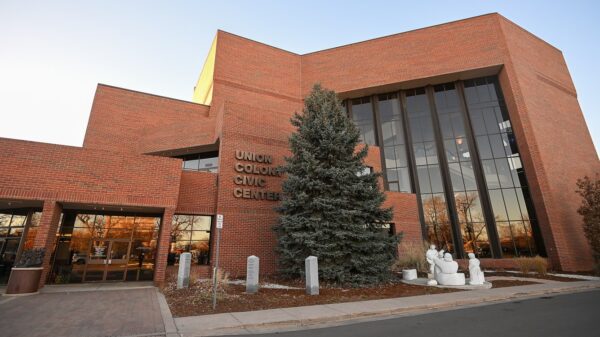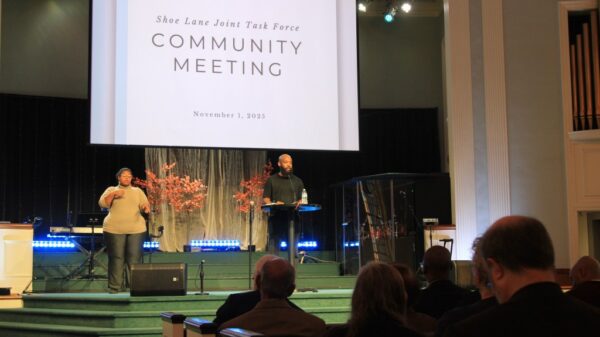First American Nuclear (FANCO) has announced a significant expansion in the state of Indiana, revealing plans to construct an energy park featuring its innovative EAGL-1 small modular reactors (SMRs). This initiative is expected to create approximately 5,000 jobs and represents a substantial investment of over $4 billion. The headquarters will be established in Indianapolis, although the specific location of the nuclear plant and energy park has yet to be disclosed.
Indiana lawmakers have been actively promoting SMRs, introducing several bills during the 2025 legislative session aimed at attracting this technology to the state. SMRs differ from traditional nuclear power plants in that they are smaller and more adaptable to community needs. Nevertheless, the prospect of a nuclear facility raises safety concerns among residents, prompting questions about the technology and its implications.
Understanding how traditional nuclear power plants operate is essential in assessing the safety of new technologies like the EAGL-1. Conventional nuclear reactors generate electricity by heating water to produce steam, which in turn spins a turbine. This process is similar to coal, natural gas, and geothermal plants, although the heat source differs. In nuclear facilities, a controlled nuclear reaction heats the water, which also serves to cool the reactor and contain radiation.
Most nuclear accidents have stemmed from issues related to cooling water. If a reactor overheats, it can lead to a meltdown, releasing harmful radiation. Notable disasters, such as the Three Mile Island incident in 1979, the Chernobyl disaster in 1986, and the Fukushima Daiichi disaster in 2011, highlight the potential dangers associated with nuclear energy.
The Three Mile Island accident involved a valve malfunction that caused a partial meltdown, resulting in the release of radioactive gases. Fortunately, no fatalities were reported, and the U.S. government stated there were “no detectable health effects.” In contrast, the Chernobyl disaster had catastrophic consequences, prompting the evacuation of over 200,000 people and leading to long-term health concerns. The Fukushima disaster was precipitated by a natural disaster, which resulted in a meltdown and one confirmed death linked to radiation exposure.
Despite these historical events, advancements in nuclear technology have made modern reactors considerably safer. The EAGL-1 reactors utilize a lead-bismuth coolant, which distinguishes them from traditional water-cooled systems. This method allows the reactor to maintain cooling without the need for high-pressure systems, mitigating the risk of explosions and enhancing safety during power outages.
Lead-bismuth, while possibly concerning due to its toxicity, is an effective coolant for nuclear reactors. It melts at around 123 °C but remains stable under the extreme temperatures generated by nuclear reactions. This design means that in the event of a power failure, the cooling system would function without pumps, as the molten lead will circulate naturally. Furthermore, lead’s properties also serve to contain radiation, reducing the risk of release into the environment.
The EAGL-1 is engineered to utilize its fuel more efficiently, burning up its own waste and potentially reducing the dangers associated with nuclear waste. Traditional reactors often leave significant amounts of unused fuel, contributing to long-term waste challenges.
Despite these advancements, critics remain cautious. The Hoosier Environmental Council (HEC) has expressed concerns over the financial implications of nuclear energy. They argue that the high initial costs associated with constructing nuclear facilities could lead to increased utility bills for consumers, citing the recent completion of nuclear reactors in Georgia, which totaled nearly $35 billion. Although SMRs are anticipated to be less expensive than traditional reactors, the technology is still in its infancy, with no SMRs currently operational in the United States.
In response to FANCO’s announcement, Kerwin Olson, president of the Citizens Action Coalition, criticized the viability of SMRs. He pointed out that these technologies are not yet cost-competitive with renewable energy sources such as wind and solar, which could provide quicker, more affordable solutions to the growing demand for electricity.
As FANCO moves forward with its plans for the energy park, the balance between the promise of nuclear innovation and the community’s safety concerns will remain a focal point. The state’s approach to supporting this initiative, including any potential subsidies or tax incentives, will likely influence public perception and the project’s overall success.



































































